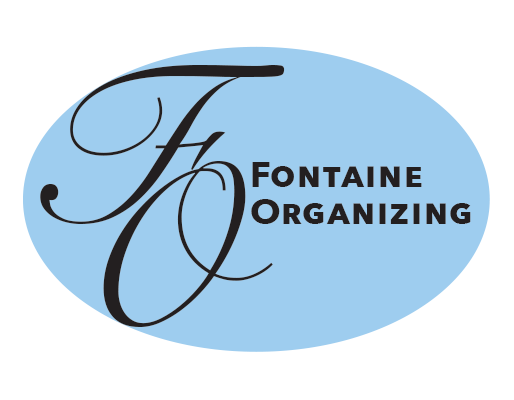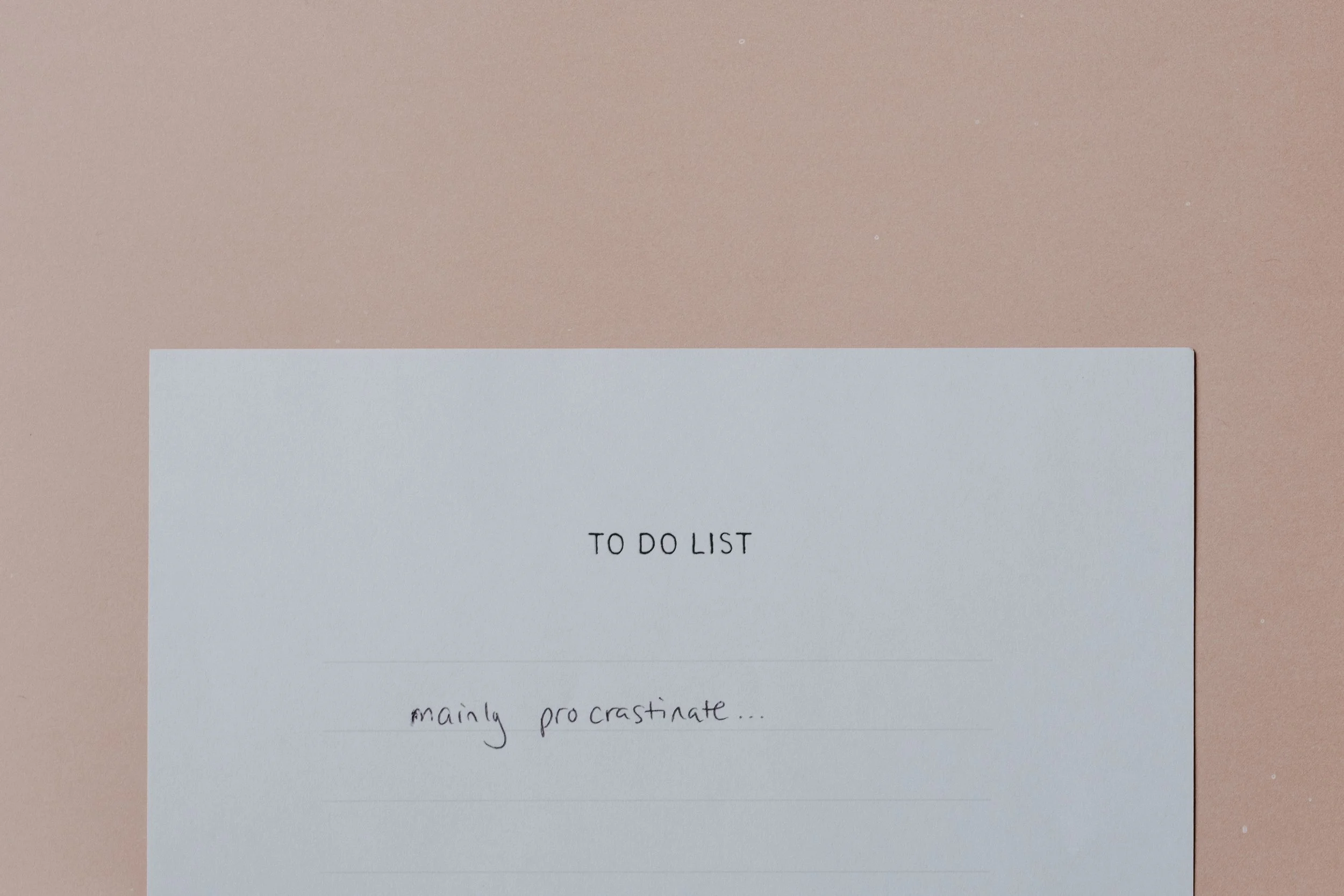Disaster Preparedness
September is disaster preparedness month.
I don’t want to panic you, but there’s a chance that at some point in your life there will be a disaster that will impact you directly. You’re probably not prepared for that to happen. Disaster preparedness month is a great time to get things in order, just in case.
No matter where you live and what types of disasters you could possibility encounter, there are concrete steps that you can take now to make a disaster easier to navigate.
General disaster preparedness:
Have a ‘go bag’ prepared and stored in a convenient and accessible location (a hall closet, not the far reaches of the basement, for example). Include:
Copies of important documents such as birth certificates, drivers licenses, social security cards, and marriage licenses (or other name change documents)
A list of emergency contacts with their phone numbers and addresses (don’t rely on your phone for these)
A short supply of any vital medications (such as inhalers, epi-pens, etc.)
Cash
Arrange with a family member or friend to have them be the point of contact for a notification tree. If you need to let many people know you are safe, have one person that you notify who will be in charge of getting the word out to the others. Provide that point-person with the list that you have in your ‘go bag’
Specific disaster preparedness:
Consider which types of disasters are most likely where you live. No matter where you live, a house fire is a possibility, but other things like hurricanes, earthquakes, and tornadoes are more or less likely depending on your geographic location. (Where I live a hurricane or blizzard would be much more likely than an earthquake or tornado, so I don’t need to prepare for earthquakes or tornados.)
Brainstorm what would be the most likely outcomes should a disaster happen.
Hurricane: evacuation, extended loss of electricity
Tornado: destruction of the home, extended loss of electricity, need to take shelter
Blizzard: housebound with or without electricity and/or heat, frozen pipes and compromised water supply
Earthquake: destruction of the home, extended loss of electricity, compromised water supply
Fire: evacuation
Determine what needs you would have in each identified situation and decide what you will do to meet those needs. For example:
Evacuation: grab your ‘go bag’, secure pets, go to a pre-identified friend or family member’s house or to a pre-identified extended stay hotel.
Loss of electricity: purchase a generator, have a plan for charging devices
Loss of heat: know how to locate warming centers, have wood stocked for a fire in the fireplace, know where the pipes run in the walls and create a plan to protect them from freezing
Need to take shelter: identify where the safest and most structurally sound places are
Compromised water supply: keep a week’s worth of water stored
Once you have a plan to cover the basic and most likely problems you’ll encounter in a disaster situation, make sure to review the plans and specifics with all the members of your household. Ask for input in case you overlooked or forgot something.
It’s probably a good idea to practice a few times and periodically, as well, particularly if you have children. Just like a fire drill, it is helpful for everyone to have a practice run so that they will be clearer on what to do when time is of the essence.
Do you have disaster plans already in place? What kinds of things to you have (or will you put) in your ‘go bag’? Share in the comments to inspire others.





